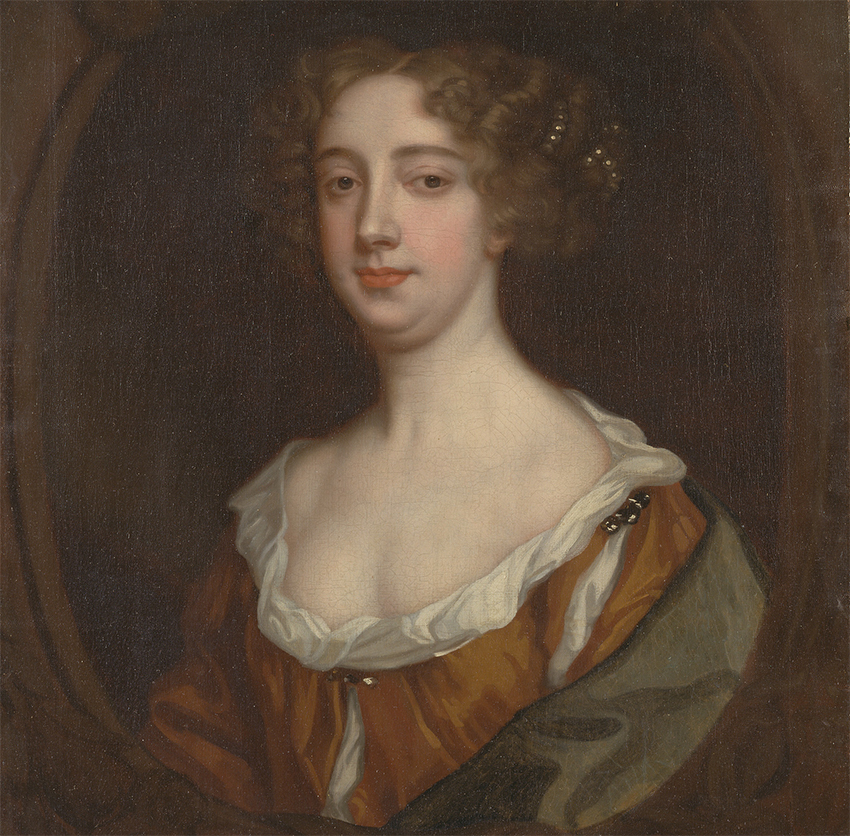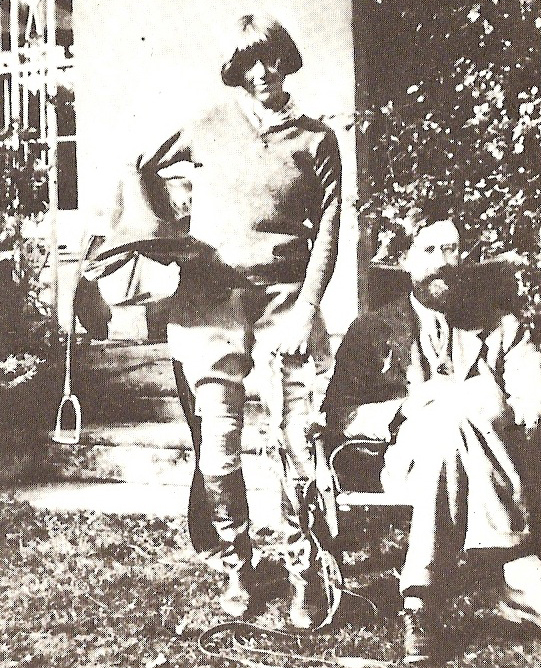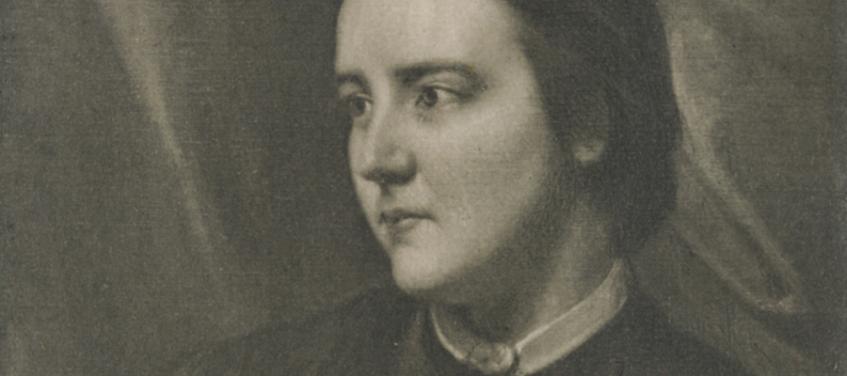February is LGBT History Month in the UK. Here are some women who made their mark on history
Last year I presented a UK LGBT history session to our recent alumni of the Stonewall LGBT Allies program that we held at Thomson Reuters. The session was a whistle-stop tour from Roman times to modern day. Whilst I really enjoyed the research experience it was initially very difficult to find information about LGBT women in history.
This could partly be that women, in general, were often not recognized for their achievements or considered a significant part of history.
Another reason could be that whilst it was culturally unacceptable for women to engage in sexual relationships no criminal act existed to prosecute LGBT women; unlike men who were subjected to criminalization, due to the Henry VIII Buggery Act from 1533. This changed in 1967 when relations between men was decriminalized for those over 21 years of age.
LGBT women generally kept their status quiet to avoid issues or were not highlighted as being LGBT as they were not pursued by the law.
With this in mind I thought it would be good to share my current top 10 LGBT women in UK history, some of which you may have heard of and some are relatively unknown.
Virginia Woolf
Virginia Woolf (1882-1941) is famous for her stream of consciousness novels such as Mrs Dalloway and To the Lighthouse as well as feminist texts A Room of One’s Own and Three Guineas. But she is also famous for her affair with author and poet Vita-Sackville West, who was her muse for the novel Orlando.
Their affair is set to become a Hollywood film and was also depicted in the 1990s television series, A Portrait of a Marriage.

Dr Louisa Martindale
Dr. Louisa Martindale (1873 to 1966) travelled and worked around the globe before setting up a private practice in Brighton, becoming the first female GP in the area.
She was one of a number of feminists who developed the New Sussex Hospital for Women and Children, where she was Senior Surgeon and Physician. She later became a specialist in the early treatment of cervical cancer and used x-rays to diagnose other women’s health issues. She was awarded a CBE in 1931.
She lived with Ismay FitzGerald for three decades, and wrote of her love for her in her autobiography, A Woman Surgeon, published in 1951
Anne Seymour Damer
Anne Seymour Damer (1749 -1828) was originally married to John Damer but they separated after some years as his extravagant behavior left them with huge debts. She became a sculptor and had a reputation for wearing men’s clothes and having affairs with women.

Aphra Behn
Aphra Behn (1640 – 1689) was noted as one of the earliest women writers and referred to as the ‘English Sappho’ for her female-orientated love poetry. She also did a bit of spying during the Anglo-Dutch war in the mid 1660s!
Beatrice Hastings
Beatrice Hastings (1879 – 1943) was a pseudonym for the political activist and socialist writer Emily Alice Haigh who was author of various publications, including The New Age.
She was known to be bisexual, and had relationships with fellow writer Katherine Mansfield and artist and co-founder of the Vorticist movement, Wyndham Lewis. At one stage she moved into an apartment in Paris with the artist Modigliani who painted her.

Dora Carrington
Dora Carrington (1893 – 1932) was an androgynous British painter/artist who was known for her relationships with Henrietta Bingham and the writers Gerald Brenan and Aldous Huxley, who based the character Mary Bracegirdle on her in his first novel, Chrome Yellow.
In 1924 she married Ralph Partridge, not for love but to have a ménage-a-trois on their honeymoon in Venice with her long time friend, the gay writer Lytton Strachey. When her marriage broke up she began an affair with the artist Bernard Penrose but wouldn’t commit because of her love for Lytton.
When Strachey died of cancer Dora committed suicide.
Edith Ellis
Edith Ellis (1861 – 1916) was an English writer and women’s rights activist. She was married to the sexologist Havelock Ellis. She was openly lesbian and had affairs with women. Havelock detailed their open marriage in his 1939 autobiography, My Life.
Dorothy Bussy
Dorothy Bussy (1865 – 1960) was a writer and sister of the aforementioned gay writer Lytton Strachey. Dorothy was bisexual and was involved in an affair with Lady Ottoline Morrell. She also became close friends with Charles Mauron, the lover of the author E.M. Forster.
Bussy anonymously published one novel, Olivia in 1949.

Sophia Jex-Blake
Sophia Jex-Blake (1840 – 1912) was an English physician, teacher and feminist. After leading the campaign to ensure women could have access to a university education (one of the Edinburgh Seven group of women), she went on to study at Edinburgh University and was the first practicing doctor in Scotland.
Jex-Blake’s partner, 20 years her junior, was Dr Margaret Todd.

April Ashley
April Ashley MBE (1935 to present day) is an English model and actress. She was outed by the press as transgender in 1961 and is one of the first known trans women to undergo gender reassignment procedures.
After joining the merchant navy at the age of 16 she was dishonorably discharged due to attempting suicide and subsequently sent to a mental institution. In the 1950’s Ashley moved to Paris and changed her name to Toni April; joining a professional cabaret act.
Having saved enough money by the age of 25, Ashley travelled to Morocco for her reassignment surgery.
When she returned to the UK she changed her name to April Ashley and started modeling in magazines such as Vogue. She appeared in the classic movie, The Road to Hong Kong, alongside Bing Crosby but her credit was dropped when she was found to be transgender.
She married twice and eventually got her birth certificate changed when the Gender Recognition Act was introduced in 2004.
Jenny Fallover (@jfallover) is a delivery program manager at Thomson Reuters, co-lead for the UKI chapter of their LGBT business resource group, Pride at Work, London City Director for Lesbians Who Tech and on the committee of the Gay Women’s Network. Last month she was awarded LGBT Role Model of the Year by Stonewall.
by Jenny Fallover
Source – Gay Star News







